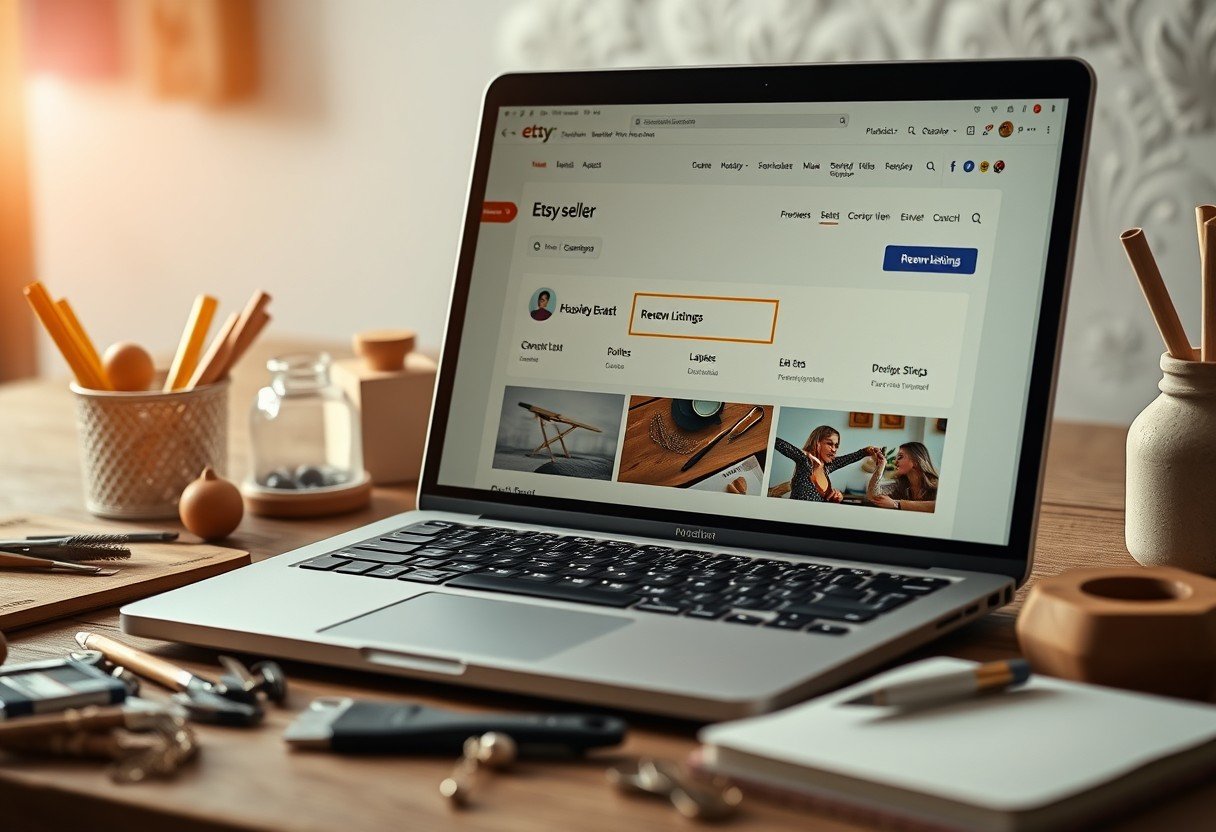No small business can thrive without a core group of loyal customers. Retaining these patrons is key to long-term stability and growth. For business owners wondering how to secure their customer base, the solution often lies in improving communication, handling problems effectively, and showing genuine appreciation. These simple strategies can transform one-time buyers into lifelong supporters, ensuring your business is built on a solid foundation of repeat patronage.
Make Communication a Top Priority
In today’s fast-paced world, customers expect quick responses. If someone reaches out with a question or concern, leaving them waiting sends a negative message. It suggests that their business is not important to you.
Making yourself accessible is one of the most fundamental parts of good customer service. A prompt reply shows that you value your customers and are eager to help them. This simple act can be the difference between a happy patron and a lost sale.
Aim to respond to all emails, phone calls, and social media messages within 24 hours at the absolute latest. However, faster is always better. A study by HubSpot found that 90% of customers rate an “immediate” response as important or very important when they have a customer service question.
If you are too busy to handle all communications yourself, it may be time to get help. A dedicated customer service representative can ensure that no message goes unanswered, keeping your patrons informed and satisfied.
Turning Complaints into Opportunities
No business is perfect, and mistakes will happen. While it can be tempting to get defensive when a customer complains, this is a critical moment to build trust. Ignoring or dismissing a grievance is one of the fastest ways to lose a customer for good.
Instead, view every complaint as a valuable piece of feedback and an opportunity to strengthen your relationship with a customer. When you handle a problem well, you can turn an unhappy person into one of your most loyal advocates.
Here are a few simple steps to follow when addressing a customer grievance:
- Listen carefully to their full complaint without interrupting.
- Sincerely apologize for the mistake and the frustration it caused.
- Offer a clear and fair solution to make things right.
- Follow up later to ensure they are happy with the resolution.
Taking responsibility for your business’s shortcomings shows integrity and respect. Many consumers understand that errors occur; what matters most is how you correct them. This approach will set you apart from competitors who fail to own up to their mistakes.
Owning Your Mistakes to Build Trust
Accountability is a cornerstone of a trustworthy business. When your company makes an error, the best course of action is to admit it, apologize, and explain what you are doing to fix it. This transparency builds a powerful bond with your customer base.
Trying to hide a mistake or shift blame will almost always backfire. Customers are smart and will see through these attempts, leading to a loss of respect and trust that is very difficult to win back.
A sincere apology and a genuine effort to correct an issue can completely change a customer’s perception. It shows that you care more about their satisfaction than about your own pride. This honesty is refreshing and makes people more likely to give you their business again in the future.
How to Create an Effective Loyalty Program
A great way to encourage repeat business is to give customers a tangible reason to return. Customer loyalty programs are designed to do exactly that by rewarding patrons for their continued support. These programs make customers feel valued and give them an incentive to choose you over a competitor.
There are many types of loyalty programs, from simple punch cards to more complex points-based systems. The best choice for your business depends on your products, services, and customer habits.
Here is a simple comparison of two popular loyalty program styles:
| Feature | Punch Card Program | Points-Based System |
|---|---|---|
| Simplicity | Very easy for customers to understand and use. | Can be more complex to track and redeem. |
| Reward Type | A single, fixed reward (e.g., one free item). | Flexible rewards based on points collected. |
| Best For | Businesses with frequent, low-cost purchases. | Businesses with a wide range of product prices. |
You can also offer exclusive discounts and special offers to customers who join your email list or text message club. This not only rewards them but also gives you a direct line of communication for marketing.
Simple Ways to Show Customer Appreciation
Beyond formal programs, small, personal gestures of appreciation can have a huge impact on customer loyalty. These simple actions show that you see your patrons as people, not just as transactions.
Always be courteous and friendly during every interaction, whether it is in person, on the phone, or online. A warm greeting and a sincere “thank you” go a long way. Letting your patrons know that their support is valued is crucial for building a lasting relationship.
Try to remember the names and preferences of your regular customers. Addressing someone by name or asking about a previous purchase makes them feel recognized and important. These small details create a strong sense of community and connection to your brand.
Frequently Asked Questions about Customer Retention
How quickly should a small business respond to a customer inquiry?
You should aim to respond to every customer message within 24 hours, but the sooner, the better. In today’s market, many customers expect a response within just a few hours, especially on social media platforms.
Are customer loyalty programs expensive for a small business to set up?
Not at all. A loyalty program can be as simple and inexpensive as a printed punch card. Digital options through email or CRM software can also be very cost-effective and provide valuable data on customer behavior.
What is the best way to handle a negative online review?
Always respond publicly to the negative review in a professional and empathetic tone. Apologize for their bad experience, offer to make things right, and provide contact information to take the conversation offline to resolve the specific issue.
Why is it important to admit when my business makes a mistake?
Admitting mistakes builds trust and shows integrity. It tells customers that you are an honest business that values their satisfaction over your own pride, which makes them more likely to forgive the error and return in the future.
How can I show appreciation to customers without offering discounts?
You can show appreciation through excellent, personalized service. Simple gestures like remembering a customer’s name, sending a handwritten thank-you note, or simply engaging in friendly conversation can make patrons feel highly valued.








Leave a Comment